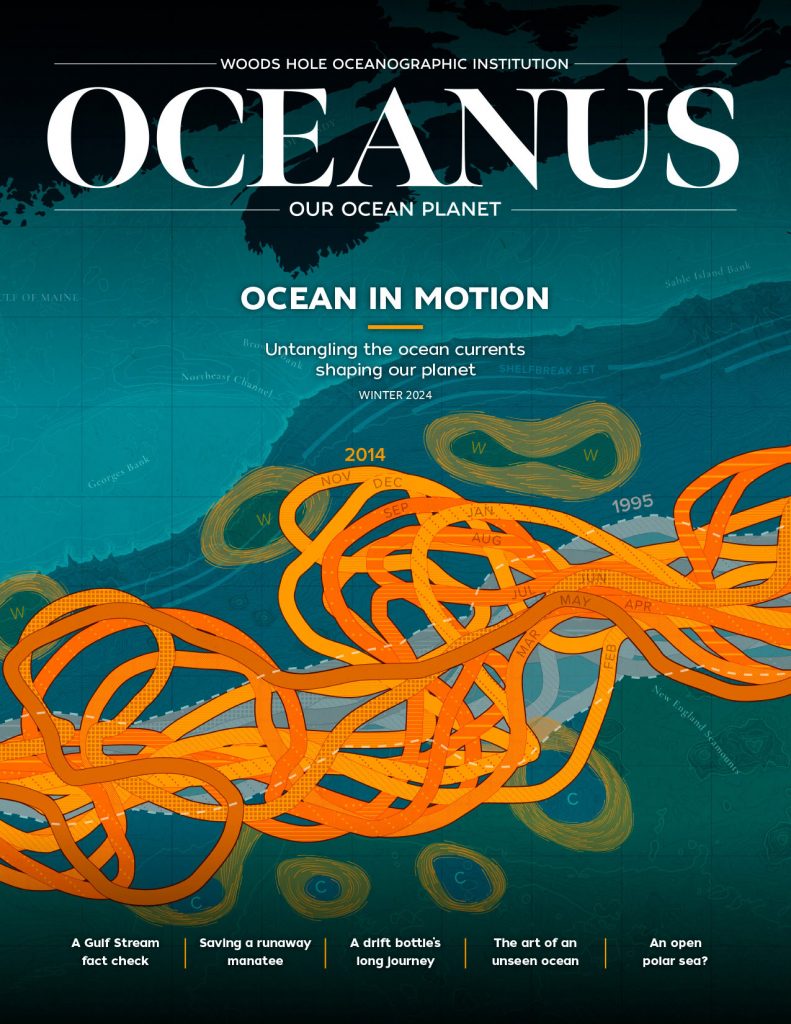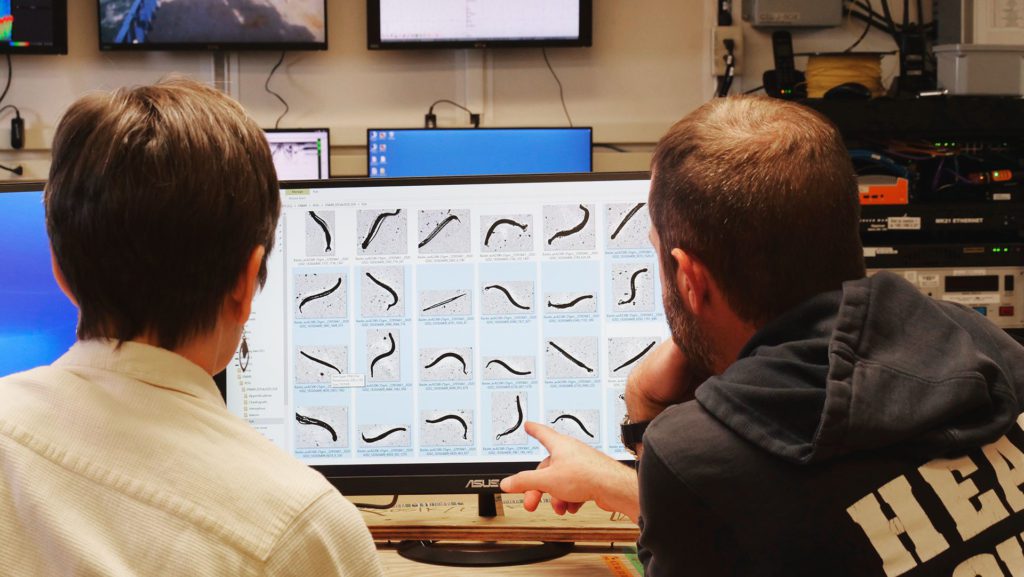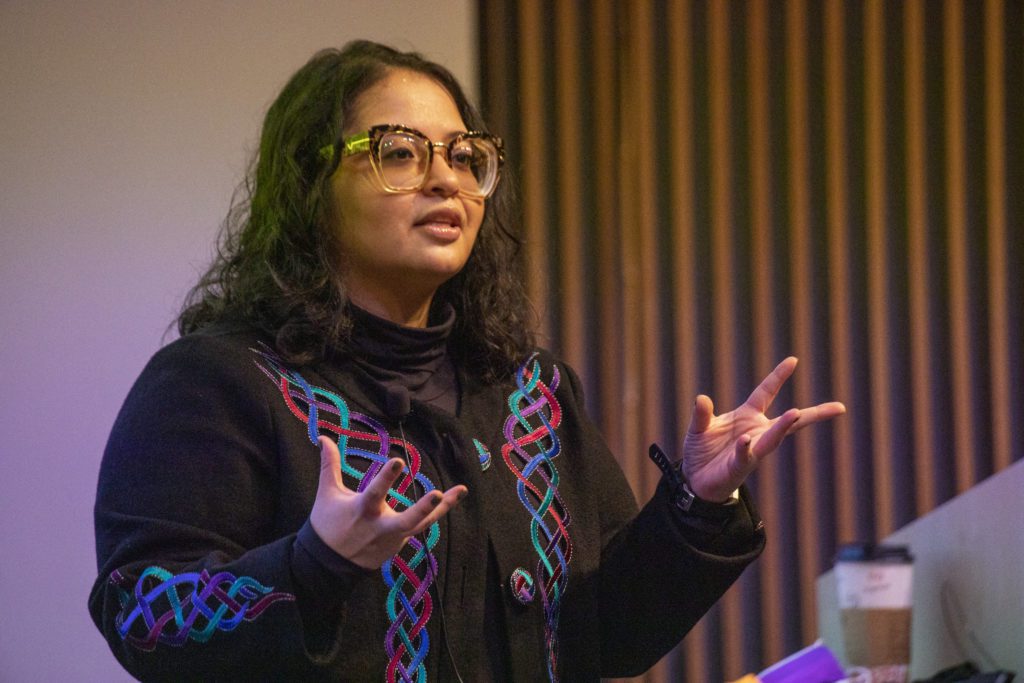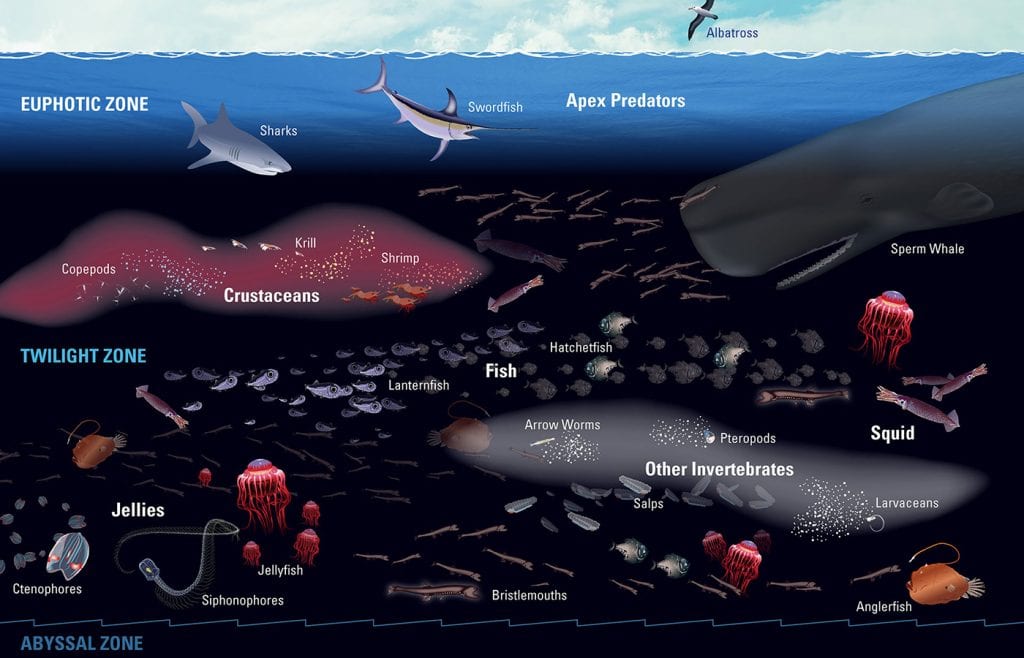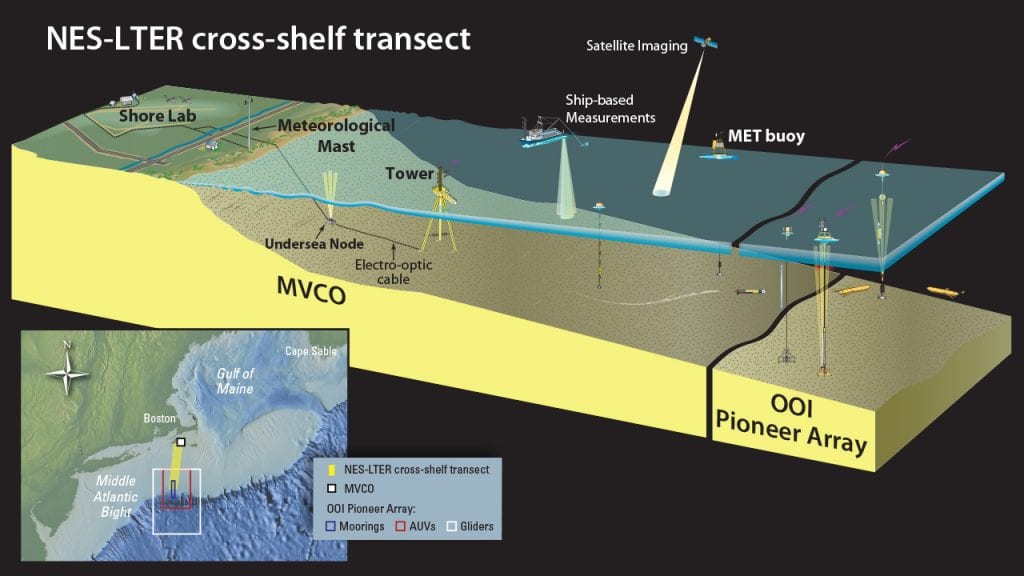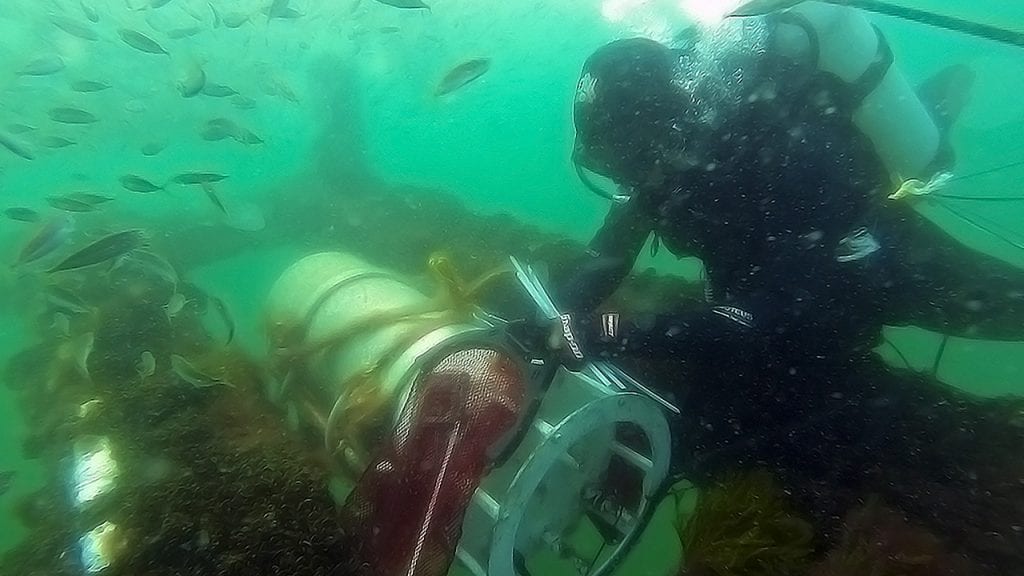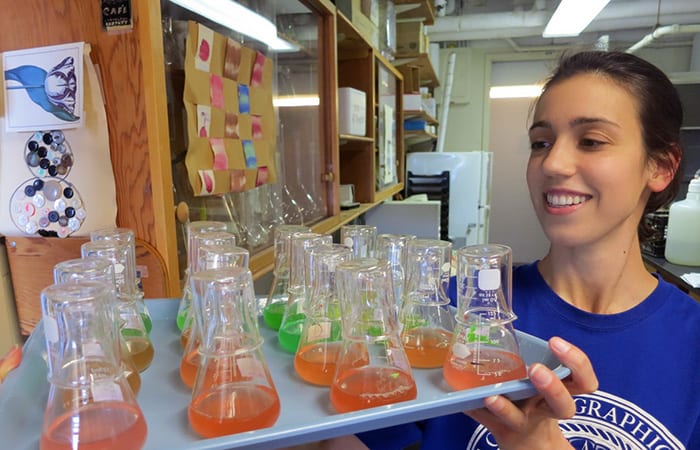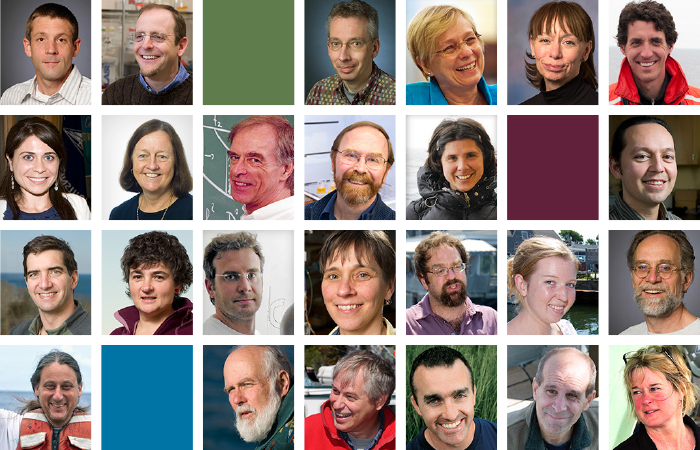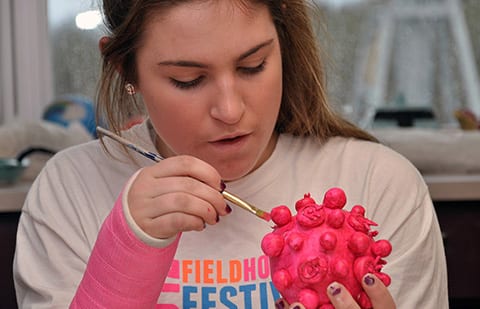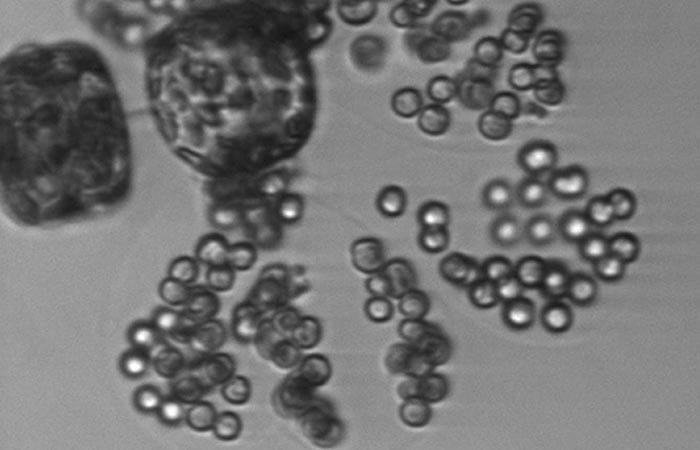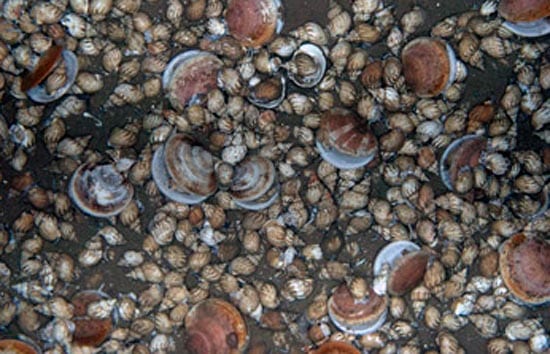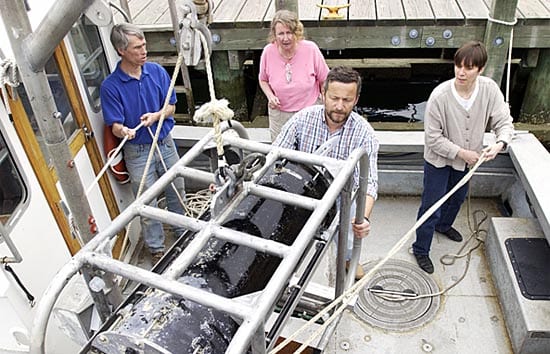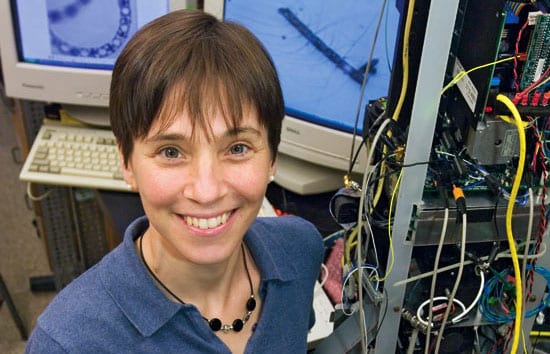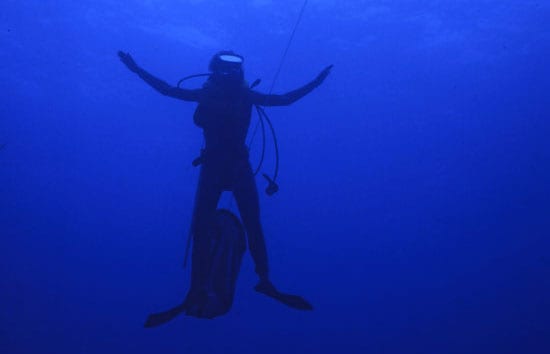Heidi Sosik
What makes science, science? Indigenous scholar asks WHOI community to stay curious
Indigenous scholar Dr. Jessica Hernandez sparks discussion at WHOI about the under-appreciated value of Indigenous science in climate discussions
Ceramics Meets Marine Biology at WHOI
If muses for Pottery and Science roam the Earth, they don’t often cross paths, especially in the halls of high school. But Falmouth High School art teacher Corine Adams wants her ceramics students to relate…
Beneath Arctic Ice, Life Blooms Spectacularly
Scientists have discovered a massive bloom of phytoplankton beneath ice-covered Arctic waters. Until now, sea ice was thought to block sunlight and limit the growth of microscopic marine plants living under the ice. The amount…
